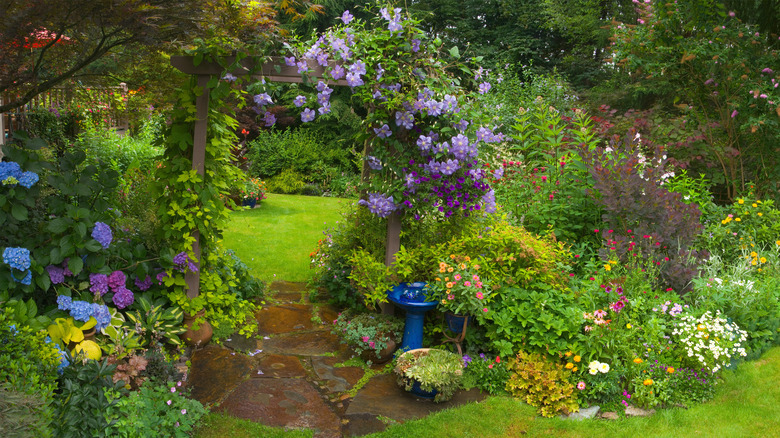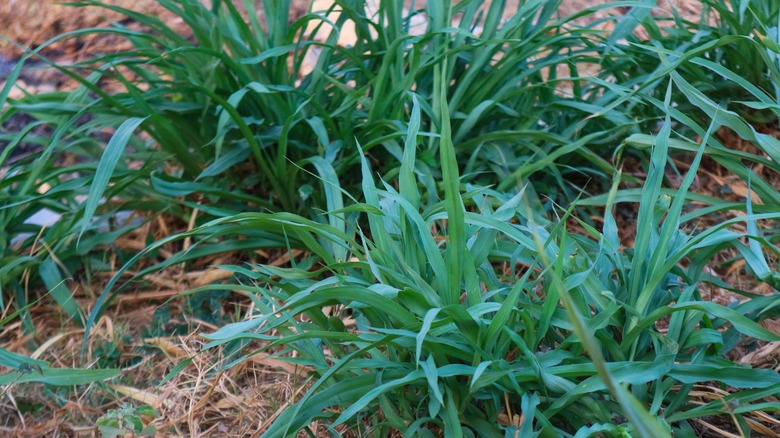The Low-Maintenance Ground Cover That Stays Green All Year
We may receive a commission on purchases made from links.
If you're looking for a gorgeous, low-maintenance ground cover that stays green year-round, bunny blue sedge (Carex laxiculmis) might just be your new favorite plant. This lovely ornamental grass is a true garden workhorse with a unique blend of silvery-blue and green tones that brighten up spaces even in the colder months. Unlike traditional lawn grasses that demand constant mowing, watering, and fertilizing, bunny blue sedge is remarkably low-key. You can plant it, let it settle, and enjoy its beauty without a lot of effort on your part.
One of the standout features of bunny blue sedge is its adaptability. It's evergreen, so it keeps that attractive color all year, and it's perfect for shaded spots in your yard. Think about those tricky areas under trees or in the shadow of a fence where grass just won't grow -– bunny blue sedge will thrive there. And since it doesn't spread aggressively, you don't have to worry about it taking over your garden beds or crowding out other plants. This clumping growth habit is what makes bunny blue sedge a great, non-invasive choice for gardeners looking for easy, low-maintenance ideas for landscaping that don't require constant pruning or containment.
Beyond just looking good, bunny blue sedge brings some serious eco-friendly perks. Its dense roots help stabilize soil and prevent erosion. In essence, you're getting a beautiful ground cover that's easy on your time, resources, and the environment — a triple win for any gardener.
How to grow bunny blue sedge
Start by picking the right spot. Bunny blue sedge loves a bit of shade and does well in everything from full shade to dappled sunlight. This versatility makes it a perfect ground cover for planting under trees or in places that only catch the morning sun. Even though it can handle some direct light, it's happiest with some shade, especially if you want to bring out its best color.
Soil-wise, bunny blue sedge isn't picky. It thrives in well-draining soil but can handle a variety of types, from loamy to slightly sandy. If you have heavy clay soil, just mix in a little organic matter or compost before planting to improve drainage. This keeps its roots from sitting in water, which could lead to root rot over time. And speaking of water, while bunny blue sedge is drought-tolerant once it's settled in, give it a little extra attention in the beginning. A deep watering once or twice a week during the first season, especially during peak heat, will help it develop a strong root system. After that, natural rainfall is usually enough, so you won't need to fuss with frequent watering.
One of the best parts about bunny blue sedge is its minimal need for fertilizer. Most of the time, you can skip the fertilizer altogether, especially if you already have decent soil. If you'd like to give it a little boost in spring, sprinkle a thin layer of compost around its base to encourage fresh growth, but don't go overboard. The Espoma Organic Land and Sea Gourmet Compost will be good to use for your ground cover.

